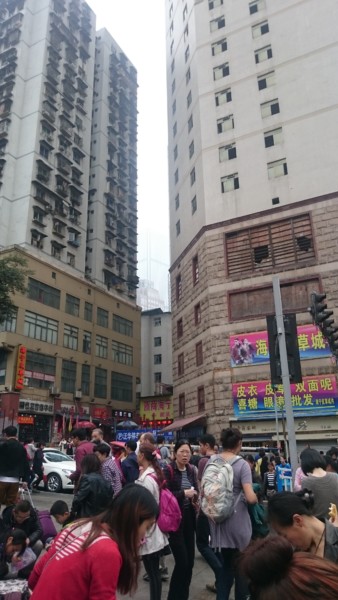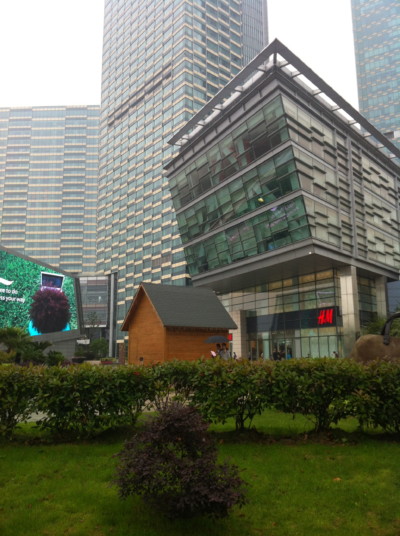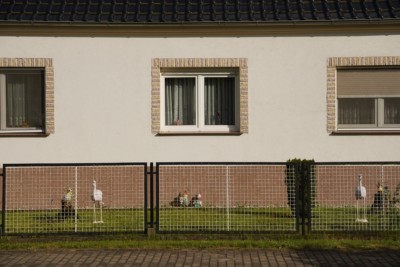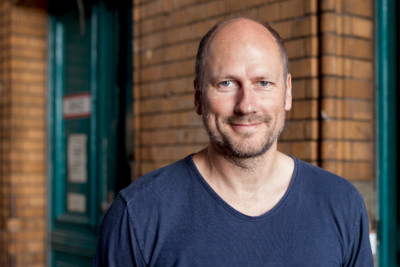The centrality of urban life to modern society cannot be overstated. Cities hold the majority of the world’s population, and are the seats of political and economic power – twin engines spurring further urban expansion and population growth. It is unsurprising then that efforts to improve human well-being are focused increasingly on dense and influential urban spheres (Yang et al., 2018). This focus is also justified given the complexity of health, social, and environmental challenges in an urban setting. Crowded urban spaces abet the spread of infectious diseases, while the adoption of urban lifestyles has seen an increased prevalence in obesity and chronic conditions. Healthcare systems are in turn overburdened and often inequitable; they form part of a fragile social fabric that has residents anxious over most if not all aspects of city living, from food safety to the efficacy of vaccines. In addition, issues of waste management and water quality threaten the long-term sustainability of urban life. Set within modern-day megacities with tens of millions of people, these problems lend themselves extra urgency.
It is however in the ensuing rush to correct and ameliorate that another phenomenon arises, what the German sociologist Georg Simmel terms “the predominance of… the objective spirit over the subjective.” (Levine, 1971: 337) The primacy given to urban management helps cities gain a certain objective existence: they develop from mere settings for initiatives which aim to better the human urban experience, to organic bodies in need of “health” themselves. Such a development becomes problematic when “health” is narrowly defined as enforced stability, and when this stability is sought after at the expense of individual and community interests. One would not argue against the addition of green spaces and sports facilities to make a city healthier; on the other hand, urban evictions to rid a city of its fire hazards (Buckely, 2017) suggest a damaging approach to attaining urban health. The city might be better off having cleared out “low-end housing,” but there is no denying that in the process subjective persons – in their migrant worker form – have been sacrificed.
This abandonment of migrant workers deserves special attention for healthy city-making, in China and elsewhere. While it might seem to be an extreme example for Chinese cities, the recent plight of Beijing migrants was certainly not coincidental: the official residency status (“hukou”) has long restricted employment and housing opportunities, and curtailed access to public services for urban migrants. Migrants are corralled into environments befitting of their marginal status, and unable to partake in urban health advantages – “water, sanitation, education, healthcare, and energy.” (Summerskill et al., 2018) At the same time, the Chinese urban migrant experience alerts us to the need for a detailed consideration of social stratification and marginalization in all cities.
The World Health Organization (WHO) describes the goal of “healthy cities” as enabling city people to “mutually support each other in carrying out all functions of life and achieving their full potential.” (WHO, 1998)
This definition however begs the fundamental question of who counts as a person of the city? Have we excluded not only migrant workers, but also undocumented immigrants, people of color, the homeless, refugees, people with disabilities, and those suffering from mental illnesses? What are the histories and forms of urban disenfranchisement that create healthy cities for some but not for all?
If healthy city-making is to truly fulfill its potential in enhancing human rights, and not be merely based on utilitarian or neoliberal concerns (Alkire and Chen, 2004), it is paramount that the individual person is centered as the end to urban health initiatives, and not mobilized or discarded as an instrument to urban stability and “harmony.” As the authors of the anthology Deep China: The Moral Life of the Person write in their introduction: “If government policies, social institutions, and market activities constitute the surface of a changing China, the perceptual, emotional, and moral experiences of Chinese, hundreds and millions of them, make up what we refer to as deep China.” (Kleinman et al., 2011: 3) Similarly, I would like to propose a “deep health,” one that is not measured by average physical metrics – life expectancies and mortality rates – or limited in its response to individual spiritual and moral needs. A “deep health” social enterprise providing eldercare services in China, for example, must also grapple honestly with death taboos and expectations for filial piety (Brancart, 2019). In such a setup, humans are recognized as independently historical and cultural beings.
To end this short discussion we turn again to Simmel and his seminal essay, “The Metropolis and Mental Life.” Simmel opens with the following: “The deepest problems of modern life flow from the attempt of the individual to maintain the independence and individuality of his existence against the sovereign powers of society, against the weight of the historical heritage and the external culture and technique of life.” (Levine, 1971: 324) As we have seen, this tension between the individual and the external setting exists even today. While the tasks and actions to address an unhealthy city seem clear and urgent, there could be further inquiries as to the beneficiaries of and principles undergirding a healthy city. It is my humble suggestion that in these explorations we give emphasis to the vulnerability, diversity, and dignity of living.





